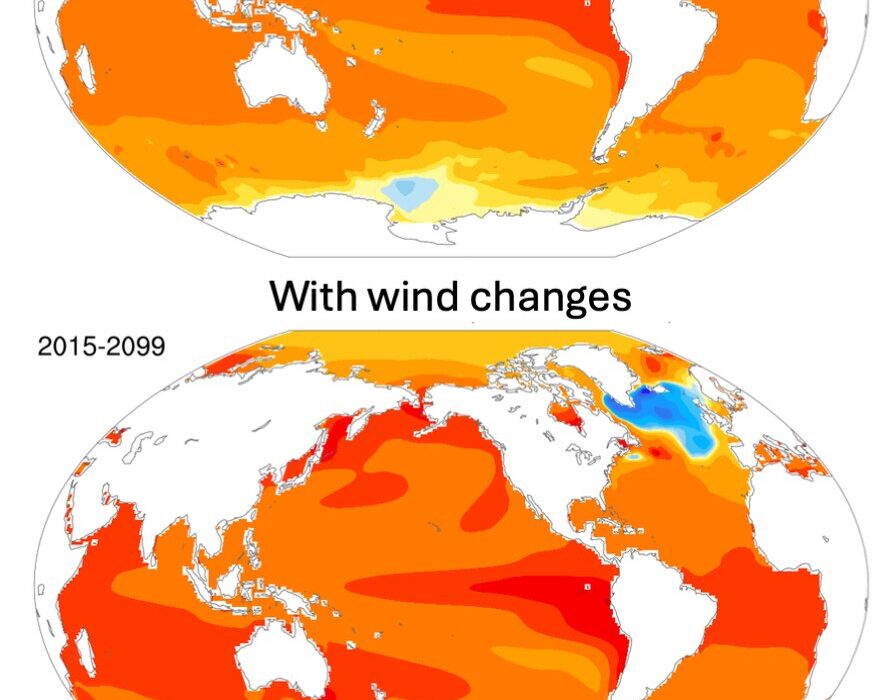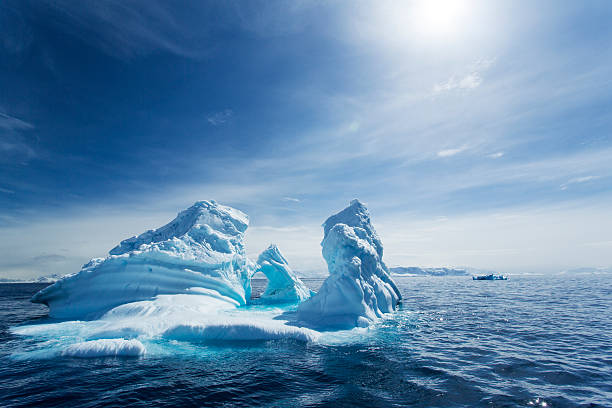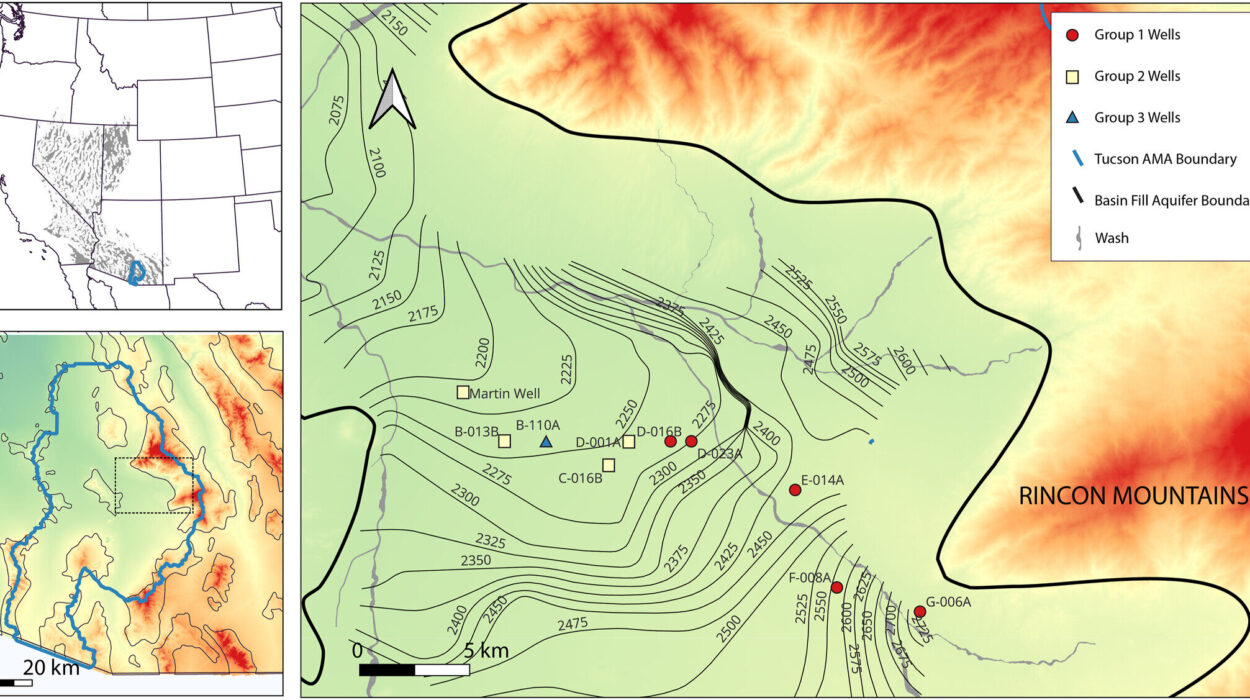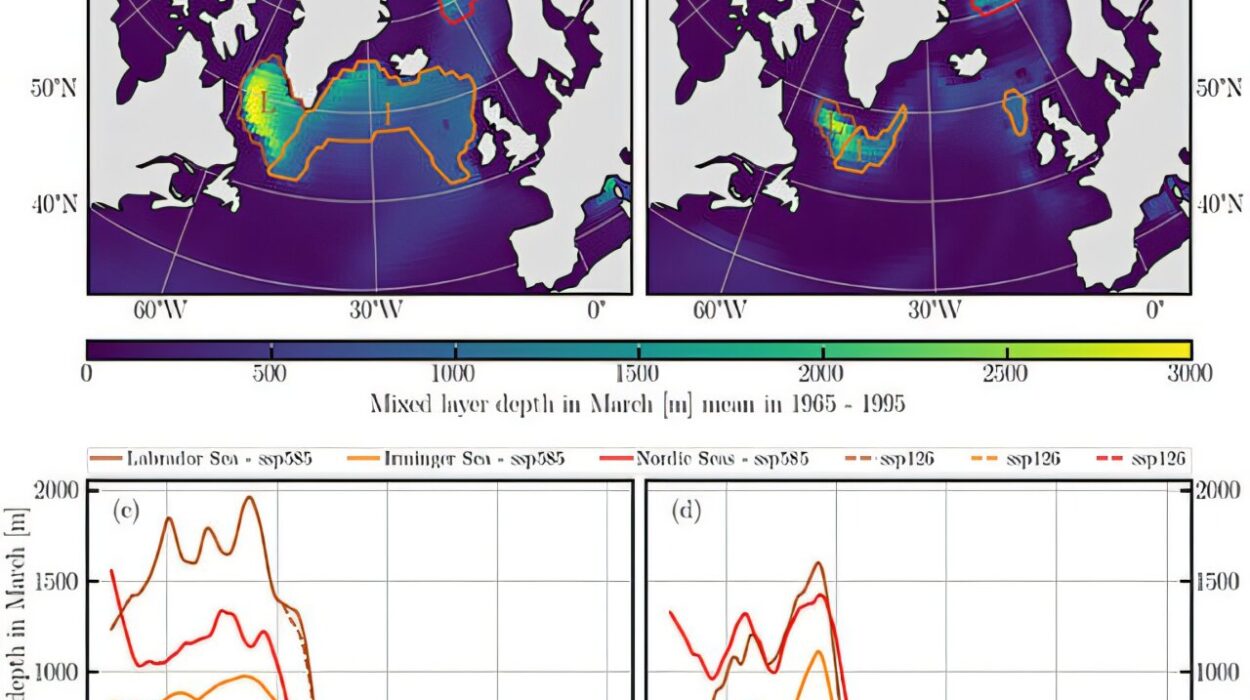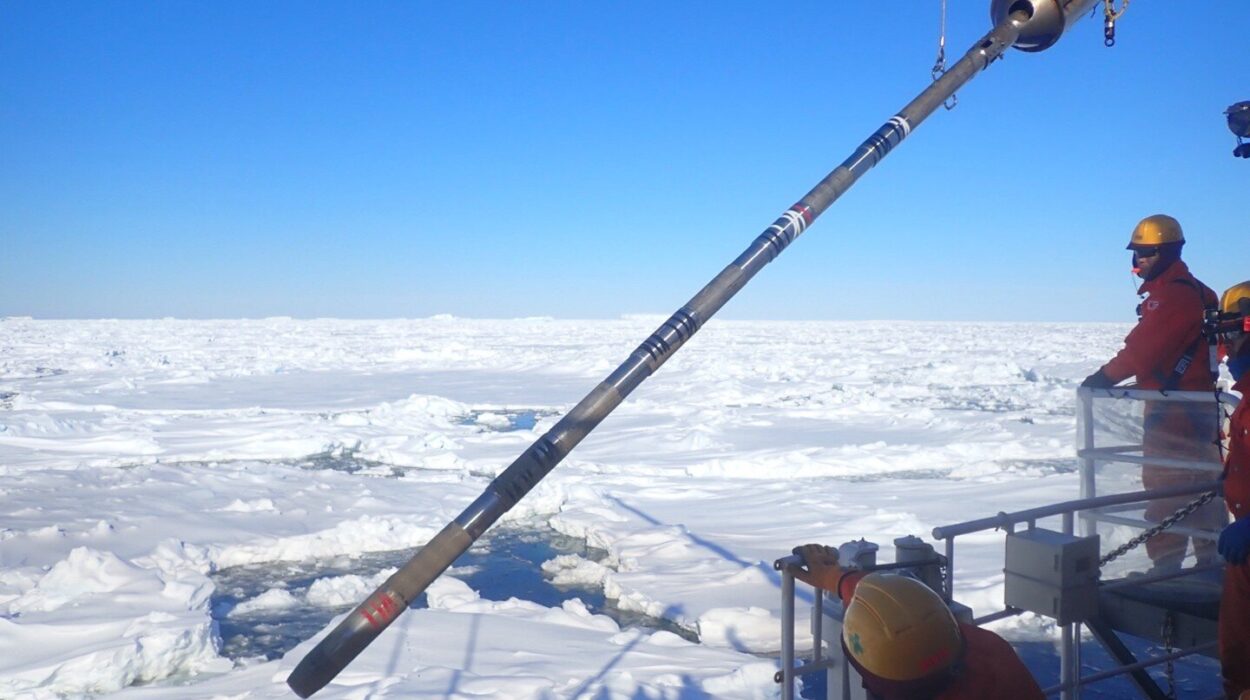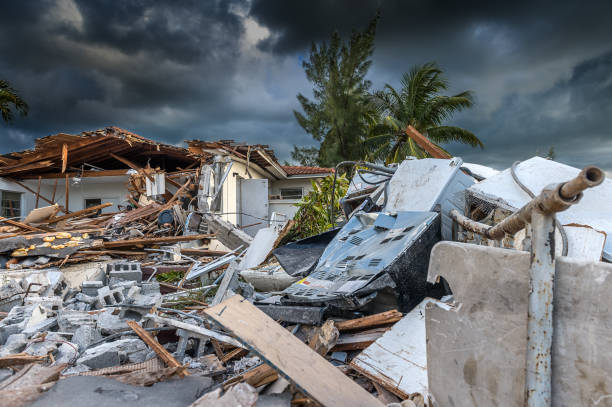The Earth beneath our feet is not silent. It seethes, pulses, and breathes in molten rhythms few of us can imagine. Every mountain forged from lava, every plain shaped by ash, every fissure that yawns into the crust tells a story millions of years in the making. Volcanoes are not just explosive spectacles or myths wrapped in fire and smoke—they are portals into Earth’s deep interior, voices of the planet itself echoing up from its burning core.
To understand volcanoes is to peer into the living heart of the Earth. It is to comprehend the forces that built continents, sculpted oceans, and created the very air we breathe. They are terrifying, yes. But they are also essential. Without them, life as we know it would not exist.
So let us journey into the inferno, not as tourists of terror, but as students of a world older and wiser than anything we’ve built on its trembling skin.
The Earth’s Fiery Architecture
To truly understand volcanoes, we must first understand the Earth’s structure—layer by burning layer. Beneath the fragile crust where life clings is the mantle, a 2,900-kilometer-thick sea of hot, semi-solid rock that flows like soft plastic over time. Deeper still lies the outer core, a swirling mass of molten metal. At the very center is the solid inner core, a glowing sphere of iron as hot as the surface of the sun.
This complex interior doesn’t sit still. It churns. It convects. Heat from the core rises through the mantle, driving the slow, unstoppable movement of tectonic plates above. When these plates collide, tear apart, or slide past one another, pressure builds. Magma—a molten blend of rock, gas, and mineral—finds its path of least resistance, often cracking upward through faults and weak spots.
Where this magma reaches the surface, a volcano is born. But this is no random eruption. It is the Earth balancing its energy, releasing pressure, shaping itself through destruction and rebirth.
The Many Faces of Volcanoes
Volcanoes are not one-size-fits-all. They come in different shapes, sizes, and temperaments, shaped by the type of magma that feeds them, the gases trapped inside, and the crustal context in which they emerge.
Shield volcanoes, like Hawaii’s Mauna Loa, sprawl wide and flat, oozing lava in gentle, glowing rivers. Their eruptions, though massive in volume, are usually non-violent. In contrast, stratovolcanoes—towering giants like Mount Fuji or Mount St. Helens—are built layer by explosive layer. Their magma is thick, sticky, and gassy, prone to violent outbursts that shatter mountains and darken skies.
Then there are cinder cones—small, steep, and short-lived—and calderas, which are not cones at all but collapsed basins formed after colossal eruptions empty underground magma chambers. Yellowstone, one of the most famous calderas, is a supervolcano capable of reshaping whole continents if it erupts again.
Each volcano, regardless of type, is a fingerprint of geologic history. A storyteller in stone and ash.
Birth Through Destruction
When a volcano erupts, it is a moment of awe and terror. Magma, once locked miles beneath the crust, finds its release. As pressure drops, gases expand violently—water vapor, carbon dioxide, sulfur dioxide—all bursting free in a superheated storm.
Depending on the composition of the magma, the eruption might be a steady lava fountain, a fierce column of ash, or a pyroclastic surge—an avalanche of gas, rock, and ash moving faster than a speeding train. These flows can obliterate everything in their path, burning forests, flattening towns, and even changing the shape of coastlines.
But from that destruction, life begins anew. Volcanic ash, though deadly in the moment, is rich in minerals. Over years, it breaks down into some of the most fertile soil on Earth. From the black sands of Iceland to the lush slopes of Java, entire ecosystems have risen from the ashes of eruptions. The death cry of a volcano is often the birth scream of a new world.
A Breath of Poison, A Breath of Life
Volcanoes are not only violent but chemical. The gases they release can poison or protect, depending on the dose.
Sulfur dioxide, for instance, forms aerosols that reflect sunlight, cooling the Earth temporarily. After Mount Pinatubo’s eruption in 1991, global temperatures dropped by 0.5°C for nearly two years. On the flip side, carbon dioxide released by volcanoes contributes—on geologic time scales—to the greenhouse effect. Though today, human emissions far outpace volcanic contributions, ancient volcanic events have triggered past climate shifts and even mass extinctions.
In short, volcanoes are climate engineers—capable of darkening the sky, freezing oceans, or warming them enough to rearrange life itself.
Even more paradoxical, volcanic gases may have played a role in Earth’s first breath of life. The early atmosphere, rich in volcanic emissions, lacked oxygen but provided the raw materials for chemical evolution. Life may have emerged in underwater hydrothermal vents—volcanic chimneys spewing nutrient-rich fluids into primordial seas.
So yes, volcanoes can kill. But they may have also helped create us.
Volcanoes Beneath the Sea
Above ground, volcanoes are dramatic. But beneath the oceans lies an even greater realm of fire.
The vast majority of Earth’s volcanic activity occurs underwater, along the mid-ocean ridges that snake through the sea floor like fiery scars. Here, tectonic plates pull apart, and magma wells up to create new crust. The result? A never-ending volcanic factory hidden beneath blue waves.
These underwater volcanoes build submarine mountains, islands, and even continents. Iceland, for instance, sits astride the Mid-Atlantic Ridge and is one of the few places where this undersea action rises above sea level.
Deep-sea volcanoes also host alien worlds—hydrothermal vent ecosystems powered not by sunlight but by chemosynthesis. Giant tube worms, eyeless shrimp, and sulfur-eating bacteria thrive in darkness, sustained by volcanic heat. Studying these environments has transformed our understanding of life’s possibilities—not just on Earth, but perhaps on other ocean-bearing worlds like Europa or Enceladus.
Supervolcanoes and the Edge of Human History
Not all volcanoes are created equal. Some are so powerful, so devastating, that their eruptions rewrite history—or threaten to.
Supervolcanoes, like the one beneath Yellowstone or Indonesia’s Toba, are geological monsters. They don’t erupt often—perhaps once every 100,000 years—but when they do, they can eject thousands of cubic kilometers of ash and gas into the atmosphere.
The Toba eruption 74,000 years ago may have triggered a global volcanic winter, plunging the planet into darkness and cooling for years. Some theories suggest it nearly wiped out early human populations, bottlenecking our genetic history.
Yellowstone, should it erupt again at full force, could bury parts of North America in ash, collapse agricultural systems, and plunge the world into decades of climate chaos. Yet even here, fear must be tempered with science—supervolcanoes are studied intensely, and no signs of imminent eruption have been detected.
They are sleeping titans. And we, for now, are mere whispers on their shoulders.
Volcanoes and Civilization
Throughout history, volcanoes have inspired awe, fear, and reverence. The ancient Romans watched Vesuvius bury Pompeii in AD 79—a city frozen in time beneath a wave of ash and pumice. The Aztecs worshiped fiery peaks like Popocatépetl as gods. Polynesian myths tell of volcano goddesses like Pele, forging islands in anger or love.
Even today, volcanoes continue to shape human lives. More than 800 million people live within 100 kilometers of an active volcano. In places like Indonesia, the Philippines, and Italy, life dances on volcanic soil.
Volcanic eruptions have triggered famines, overthrown empires, and shifted economies. The 1815 eruption of Mount Tambora led to the “Year Without a Summer,” causing crop failures and food shortages across the Northern Hemisphere. Some historians argue that these disruptions helped spark social unrest that contributed to political upheavals in Europe.
And yet, people return. Time and again, civilizations rebuild on volcanic flanks—drawn by the fertile soil, geothermal energy, and, perhaps, a primal fascination with the source of all this fire.
Listening to the Mountains
In the modern age, we no longer see volcanoes as only myth or mystery. Science has given us seismographs, satellite sensors, gas spectrometers, and thermal cameras. We can watch magma move beneath the surface, measure how much a volcano swells, and detect tremors invisible to human senses.
Early warning systems have saved countless lives. In places like Japan, Iceland, and the U.S., volcanic observatories work tirelessly to monitor eruptions in real time. And still, the challenge is immense. Not all volcanoes give clear signals. Some erupt without warning. Others tease and grumble for decades without exploding.
Understanding volcanoes means understanding uncertainty. It means respecting the limits of prediction, even as we push the boundaries of science.
But above all, it means listening—to the mountain, to the Earth, and to each other.
A Planet Always Becoming
Volcanoes are not merely threats to be feared. They are the architects of continents, the gardeners of soil, and the alchemists of air. They are the reason islands rise from sea, why rainforests grow on lava plains, and why mountains shimmer with obsidian and gold.
They are the Earth’s exhalations—its burning poetry. To understand them is to see the planet not as a fixed object but as something alive, dynamic, and restless. A world always becoming.
We must respect their power. We must marvel at their beauty. And we must prepare—because the fire beneath never sleeps.

